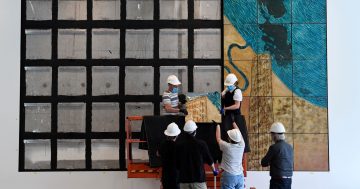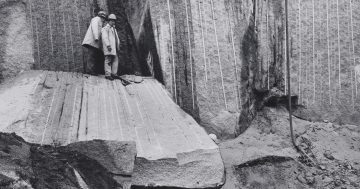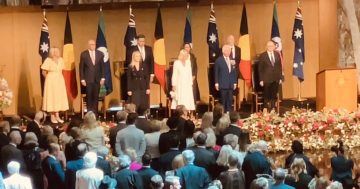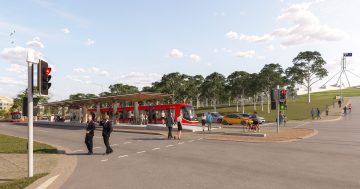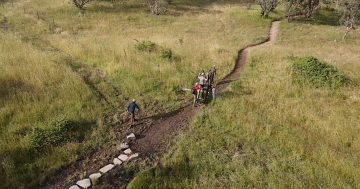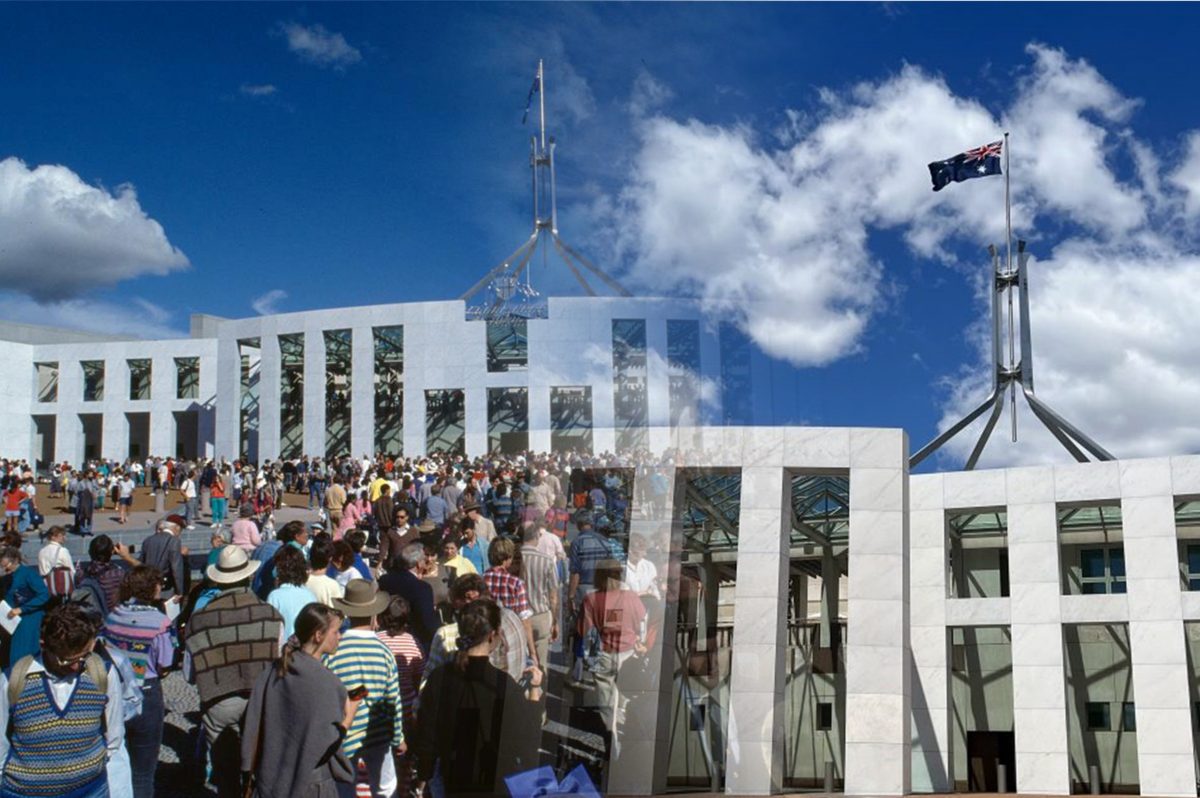
Parliament House opened 35 years ago on 9 May 2023. Photos: National Archives of Australia/James Coleman.
Last week at Parliament House, the big talk was the Federal Budget, but it was very different 35 years ago when on 9 May, Queen Elizabeth II stood in the Great Hall and described the then-new building atop Capital Hill as “both the living expression of … Federation and the embodiment of the democratic principles of freedom, equality and justice”.
“The chambers will become the centres for debate on all the pressing issues of government, and future generations of Australians will look to those who work here for national security, wise legislation and fair administration,” she said in her opening speech.
It also echoed the date of both the inaugural opening of Australia’s first Commonwealth Parliament in Melbourne in 1901, and the opening of ‘Old’ Parliament House in Canberra on 9 May 1927.
While the opening of the ‘new’ Parliament House in 1988 was an all-round grand day out, the official ceremony followed more than two decades of debates over where to put it.
Capital Hill was only settled on after the passing of the Parliament Act 1974. It took another four years for then-Prime Minister Malcolm Fraser and Leader of the Opposition Bill Hayden to decide to allocate funds towards the construction.
To settle on a design, the committee in charge decided to follow in the footsteps of Walter Burley Griffin and open it up to a worldwide competition. More than 300 entries were whittled down to one in 1980 from New York firm Mitchell/Giurgola & Thorp.
The judges praised its “clear geometry” and how it was “sensitively adjusted” to the terrain.
Construction began later that year, and it was no small job.
One million cubic metres of earth, or 125,000 truckloads, were removed from the hill to fit the building, replaced by 300,000 cubic metres of concrete and 24,000 tonnes of steel reinforcing.
Some of the dirt was also placed back on top of the building to represent people over government.
Inside there are 4500 rooms across 240,000 square metres, making it one of the biggest buildings in the Southern Hemisphere. The flagpole measures 81 metres and weighs 238 tonnes.
About 10,000 workers contributed to the project over the course of construction, with up to 3000 workers on site at a time.
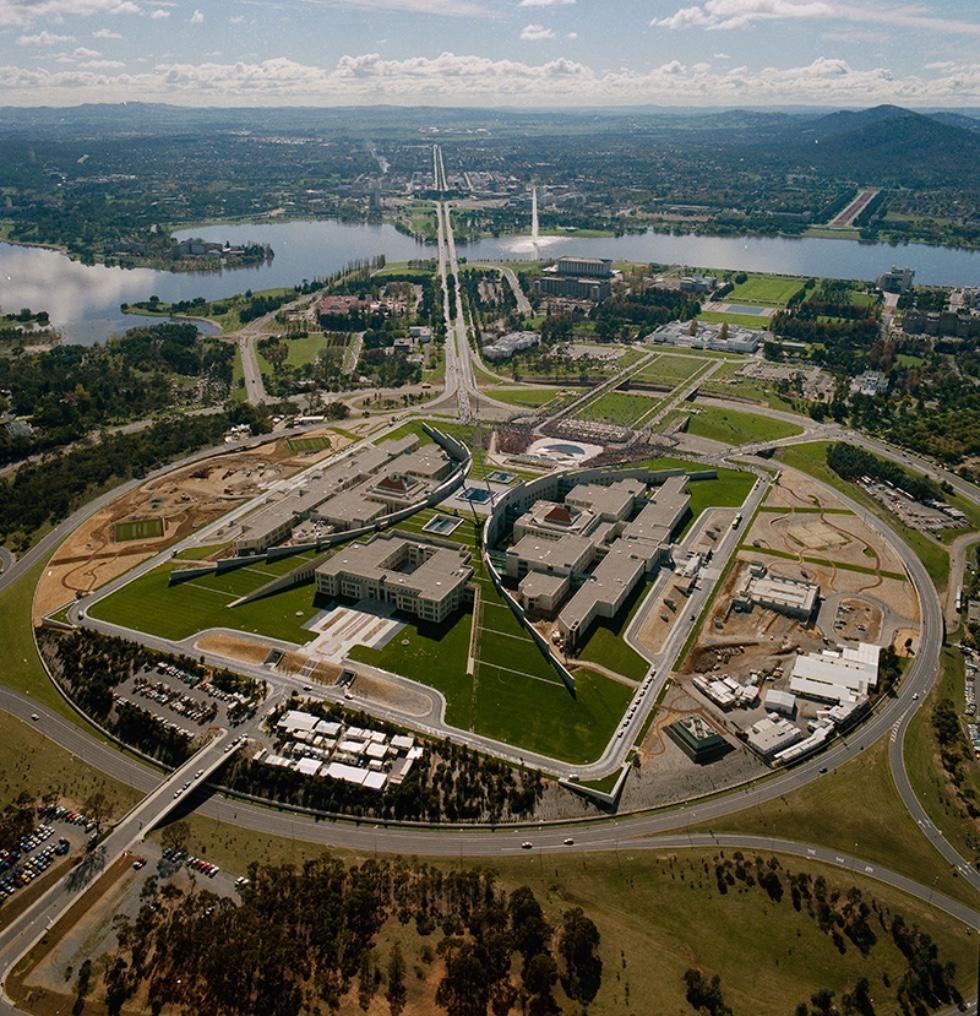
A bird’s eye view of Parliament House on the day it opened. Photo: National Archives of Australia.
The cost was equally large – both when it was proposed and when the keys were handed over.
The initial 1978 estimate of $220 million blew out to $1.1 billion by the time it was finished. The committee responded to media backlash and attributed 45 per cent of this to inflation, along with issues and additions that came up mid-build. For example, in 1983, the size of Parliament increased by 23 members and 12 senators, requiring a rethink of the chambers and offices.
Parliament met for the first time in the new building on 22 August 1988. Both the House of Representatives and the Senate agreed to a motion expressing “sincere thanks” to those involved in its planning and construction.












